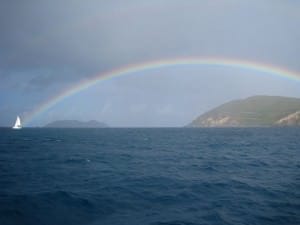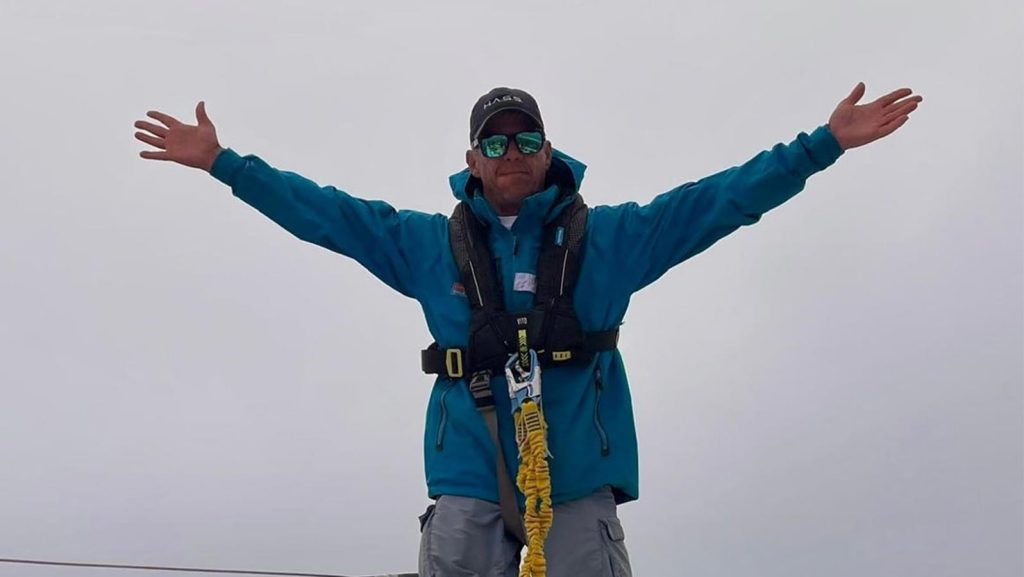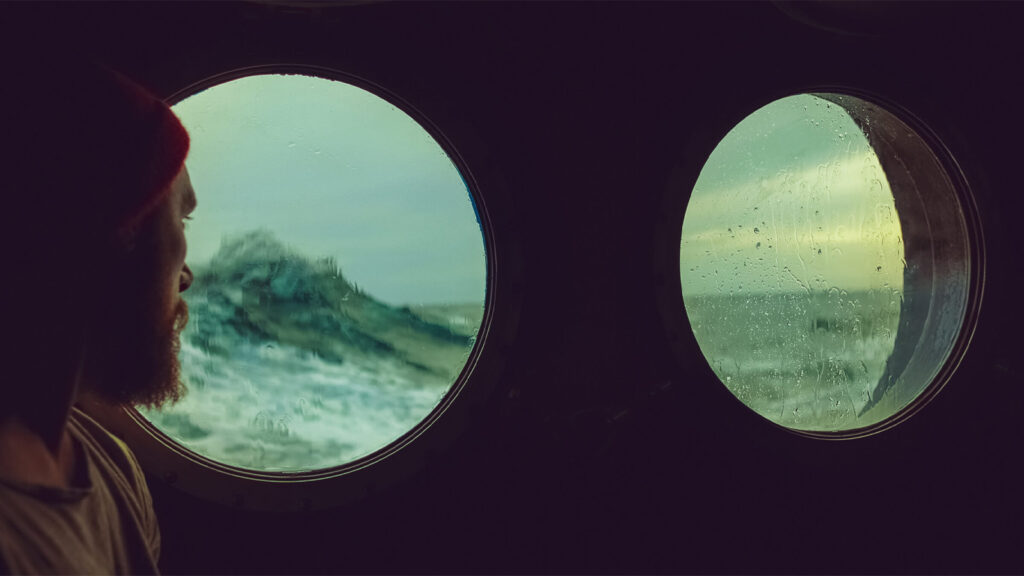 It’s been just over a year since the world watched in horror as millions of gallons of oil bloomed in the Gulf of Mexico, the result of a catastrophic explosion at the Deepwater Horizon oil rig, and since then the fast-moving waters of the news cycle have swept those images far away from the national consciousness. However, for anyone who lives, works or enjoys the splendors of the Gulf, one question looms: Has anything been learned?
It’s been just over a year since the world watched in horror as millions of gallons of oil bloomed in the Gulf of Mexico, the result of a catastrophic explosion at the Deepwater Horizon oil rig, and since then the fast-moving waters of the news cycle have swept those images far away from the national consciousness. However, for anyone who lives, works or enjoys the splendors of the Gulf, one question looms: Has anything been learned?
At the six month anniversary of the disaster, we at the American Sailing Association wrote an update on the clean up effort. How far have we come since then? Well, a lot of clean up has been done. We know the sailing is as good as ever, and ASA schools operating on the Gulf Coast are open for business. Tourists and outdoors enthusiasts (including lots of sailors!) are returning to the area in droves, which is great for everyone concerned. But what about the ecosystem as a whole? And are we protected against another such event?
The Twitter feed of BP (the company largely held responsible for the spill) would have you believe that things are heading in the right direction. The feed is relentlessly positive (a gushing well of positivity?), posting regular updates such as:
- “See the signs of wildlife at #Gulf Shores Public Beach, #Alabama today”
- “#BP is reviewing how they reward employees to reinforce “safety first” behaviors”
- “Frank Patti Jr., who’s been fishing in Pensacola, FL for decades, is calling local shrimp safe”
Certainly, some real progress has been made, and BP’s money has made a difference. However, not everyone is buying into BP’s rosy view of the future. Bestselling author and Miami Herald columnist Carl Hiaasen recently published a scathing editorial, asserting that, “The beaches have been cleaned, but miles of once-fertile marshlands in Louisiana remain goopy and barren. Elsewhere, the shrimp and fish are rebounding, but samples show elevated levels of petroleum-based hydrocarbons. Nobody is sure how much of the BP oil remains suspended in the dark depths, or the long-term effects on marine life.”

Hiaasen goes on to argue that “little has changed. Another major blowout could occur in the Gulf today, with the same harrowing results. On that point, the experts agree.” He says that the government agency overseeing oil drilling, previously hopelessly corrupt, has been reformed and is now merely underfunded and inexperienced. Finally, he describes the U.S. Congress as “disinterested.”
On this last point he is supported by a New York Times op-ed reporting that “Congress is pushing in exactly the wrong direction…to accelerate the granting of drilling permits in the gulf…” It’s not all doom and gloom, though, according to the Grey Lady: “Congress aside, there has been a surprising amount of progress, thanks largely to the hard work of thousands of people and the extraordinary resilience of nature. More than 99 percent of the gulf has been reopened to fishing, jobs are returning, and the Interior Department has tightened oversight. Yet without Congress’s help progress will slow and many crucial tasks will remain undone.”
A Fox News report quotes “oil industry insiders” as saying, “We have the technology to drill safe.” Further reading of the article reveals that what they mean by “safe” is the ability to better kill a well after there has been a leak or accident of some kind, not the ability to avoid accidents altogether. The Fox report also quotes anti-drilling organizations arguing that, “It’s not a matter of if there’s another accident, it’s a matter of when.”

Who do we believe, and where does the truth lie? It’s hard to say. There seems to be a dearth of independent analysis–most of the “experts” seem to have an agenda, such as those working for the oil industry, where there is an obvious financial incentive to declare the disaster over and future drilling safe.
This issue is especially concerning for our many fine sailing schools who rely on the Gulf for their livelihood, and who are open for business. We’d love to hear your thoughts in the comments!









